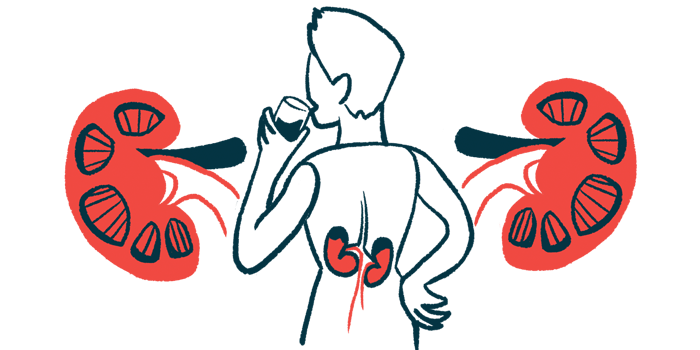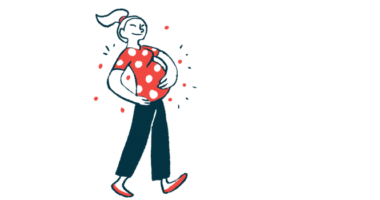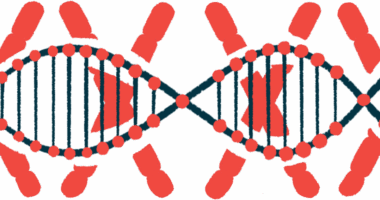Early Soliris use boosts kidney recovery, cuts dialysis need in aHUS
Study: Greatest improvement seen in patients who start treatment fastest

People with atypical hemolytic uremic syndrome (aHUS) who started treatment with Soliris (eculizumab) less than 15 days after symptom onset were much more likely to recover kidney function and stop dialysis within six months, an analysis of post-marketing surveillance data in Japan suggests.
Among these patients, the shorter the delay before starting Soliris, the greater the improvement in kidney function.
“Thus, the early initiation of C5 inhibitors [such as Soliris] as [first-line] treatment would provide significant benefit, including [kidney] recovery, in patients with aHUS,” researchers wrote.
The study, “Characteristics and clinical courses of patients with atypical haemolytic uraemic syndrome on dialysis withdrawal after eculizumab treatment: sub-analysis of post-marketing surveillance in Japan,” was published in the Journal of Nephrology. It was sponsored by Alexion Pharmaceuticals, the original developer of Soliris, which was acquired by AstraZeneca in 2021.
Soliris works by blocking key complement protein
In aHUS, the complement system, a network of proteins that usually helps the body fight infections, becomes overactive. As a result, red blood cells are destroyed, and platelets, the small cell fragments that help the blood clot, are used up as clots form inside small blood vessels, particularly in the kidneys.
This process leads to the three hallmark aHUS symptoms: hemolytic anemia (resulting from the destruction of red blood cells), low platelet counts (thrombocytopenia), and kidney failure, which occurs when the kidneys can no longer filter the blood properly. As a result, many people with aHUS require dialysis, a treatment that temporarily takes over the kidneys’ role by removing waste from the blood using a machine.
Soliris, an antibody-based therapy delivered via infusion into the bloodstream, works by blocking a complement protein called C5, helping to suppress the overactive immune response that drives the disease.
Evidence suggests that starting Soliris early can improve kidney function and reduce the need for dialysis. However, “little is known about the patient characteristics and clinical courses related to dialysis discontinuation in patients with aHUS treated with a C5 inhibitor,” the researchers wrote.
Patients who discontinued dialysis within 6 months started Soliris sooner
To address this gap, researchers in Japan analyzed data from a post-marketing surveillance study that enrolled people with aHUS who were treated with Soliris between September 2013 and July 2018 to assess the therapy’s real-world safety and effectiveness. Follow-up continued until August 2021.
They focused on patients who had received Soliris for at least 12 weeks and were already on dialysis when treatment began to help identify the clinical features and treatment factors associated with kidney recovery and the ability to discontinue dialysis.
Of the 83 people treated with Soliris for at least 12 weeks, 38 were on dialysis when treatment began. Just over half of the participants were women (55.3%), and the group included nine children and 29 adults, with median ages of 6 and 58 years, respectively.
Among these, 21 patients (55.3%) were able to discontinue dialysis within the first 26 weeks, or about six months, while 17 (44.7%) continued beyond 26 weeks. Three of the latter group eventually came off dialysis after more than six months of treatment, another patient discontinued dialysis after a kidney transplant, and an additional patient stopped dialysis and died after 16 days.
Early initiation of [Soliris] is a key factor for improved [kidney] outcomes in patients with aHUS on dialysis.
For those who stopped dialysis within 26 weeks, the median time to dialysis discontinuation was 12 days, compared with 442 days, or over one year, in patients who did not stop dialysis or took longer to do so. None of the patients who came off dialysis later had to restart it.
When comparing the two groups, the researchers found that people who discontinued dialysis within 26 weeks started Soliris sooner — typically within nine days of the first signs of disease — while those who remained on dialysis began treatment after about 25 days. They had also been on dialysis for a shorter period before starting Soliris and were less likely to have high blood pressure at the beginning of treatment.
In a statistical analysis, starting Soliris at or more than 15 days after symptom onset was linked to a lower chance of dialysis withdrawal.
People who discontinued dialysis within the first 26 weeks also experienced faster improvements in key blood markers, including platelet counts and lactate dehydrogenase — a measure of tissue damage. Among these, longer delays before starting Soliris were associated with more minor improvements in kidney function and platelet counts during the first two weeks of treatment.
“Early initiation of [Soliris] is a key factor for improved [kidney] outcomes in patients with aHUS on dialysis,” the researchers concluded. “Because dialysis discontinuation can occur after long-term treatment and platelet improvement can take longer in some patients treated with C5 inhibitors, the effects of C5 inhibitors should be carefully and continuously evaluated.”








